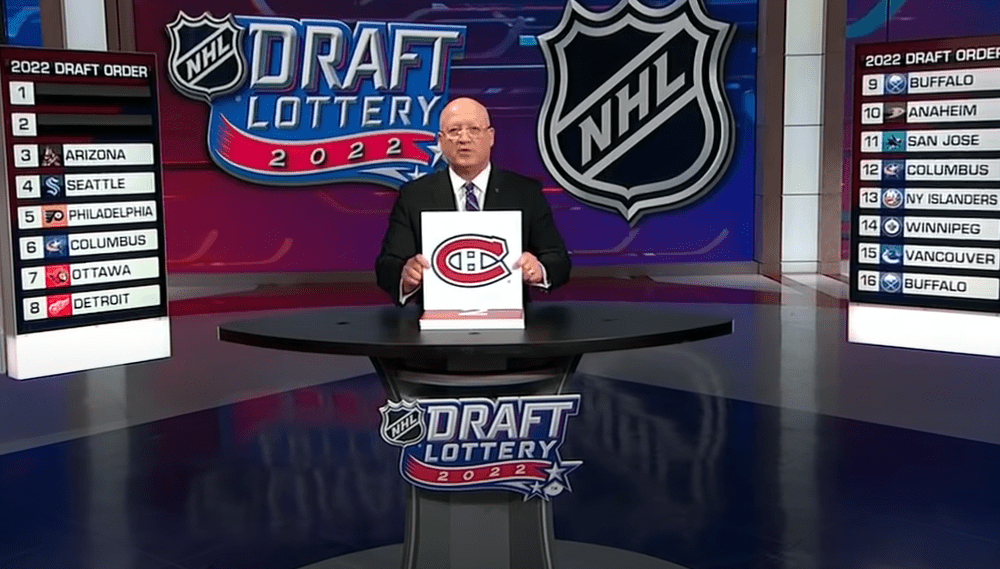Montreal Canadiens
Breaking Down Montreal Canadiens’ Salary Cap Situation

The Montreal Canadiens’ current cap situation may seem a little convoluted after a flurry of roster moves, so here’s a breakdown of how much cap space the Habs currently have.
The Canadiens have been operating with Long-Term Injury Reserve (LTIR) since the start of the 2020-2021 season due in part to the major injuries to Carey Price, Shea Weber and Paul Byron; to name a few. As the Canadiens navigate these difficult waters, they have done a succession of moves over the last week that has allowed them to maximize their cap space for any roster moves or trades that may come down the line.
Here’s a quick overview of what they did and why it was beneficial to their cap situation:
Salary Cap Breakdown
On Monday morning, the Montreal Canadiens were over the salary cap by $11.1M (a total cap hit of $93.5M) with a 23-man roster. They used Carey Price‘s full 10.5M cap hit on LTIR in order to allow them to go over the offseason salary cap, but they needed to shed about $600,000 to be compliant.
By sending down Arber Xhekaj‘s $828,000 cap hit on Monday evening (in what is called a paper transaction), the Canadiens were able to drop their total cap hit to $92.7M, leaving them roughly $300,000 in LTIR relief space before 5 pm.
The Canadiens then put Byron on LTIR on Tuesday, thereby adding his full $3.4M to their LTIR relief pool, and were then able to call up Xhekaj (and his $828,000 cap hit) immediately after as if nothing ever happened. What this did was maximize the LTIR relief they get from Byron’s contract, a difference of about $830,000 in cap space, which will be extremely valuable to them if Byron doesn’t return this season from his hip injury.
The $2.6M in LTIR relief space that the Canadiens now have could become extremely valuable for the purposes of trades, especially as the Canadiens get closer to the trade deadline, as they’ll look to weaponize any little bit of money they have in order to get the most out of every deal this season.
Performance Bonus Cushion
With the way Juraj Slafkovsky’s contract is currently structured, he has a base cap hit of $950,000, a signing bonus of $92,500 and performance bonuses that could go as high as $3.5M. According to Puckpedia, Slafkovsky’s contract only counts for $950,000, which helped the Canadiens get within $300,000 of their maximized Long-term injury reserve relief space ($82.5M cap + Carey Price’s $10.5 offseason LTIR relief).
However, by having Slafkovsky on the opening roster, the Canadiens also gave themselves an extra $3.5M in their performance bonuses LTIR pool, which means that they’ll be able to call up players with ease without having their un-earned bonuses count against the club’s LTIR count.
To give you an idea of the importance of such a move, let’s go back to April 2021, when Cole Caufield joined the Canadiens at the tail-end of the season. Because the Montreal Canadiens didn’t have a performance bonus cushion, Caufield’s cap hit rose from $880,000 to $1.3M; which is his maximum cap hit (salary + performance bonuses). If the Canadiens had had the same amount of performance bonus room as they do now, Caufield would only have counted for $880,883 against the cap and would have been able to be inserted in the roster much sooner than the final 10 games of the season (remember how long the Canadiens had to wait?).
With Kaiden Guhle, Jordan Harris, Cole Caufield and Slafkovsky on the main roster, the Montreal Canadiens have given themselves over $4.6M in performance bonus space, which means they won’t have any cap penalties for rotating in their many youngsters.
That’s a very important detail, as the Canadiens have said they’d like to be fluid with the rotation of their youngsters between Montreal and Laval, and thus will thus have a lot of room to work with as they navigate through this season.
Bottom Line
The Montreal Canadiens will have some enviable flexibility to rotate their youngsters in and out of the lineup while being at liberty to make easier roster decisions down the line.
With the Canadiens not being able to accrue cap space while using LTIR, the club will dispose of $2.6M in LTIR relief space until Byron returns. If Byron were not to return, one could expect general manager Kent Hughes to weaponize every penny of his available space, just as he did in the Sean Monahan trade six weeks ago.
It’s not an ideal situation, but the Canadiens are in a much more fluid situation this season than they were last year, and it will only continue to get better, with over $20M in salary coming off the books in the summer of 2023.













